5 Kitchens Where Only a Copper Sink Would Do
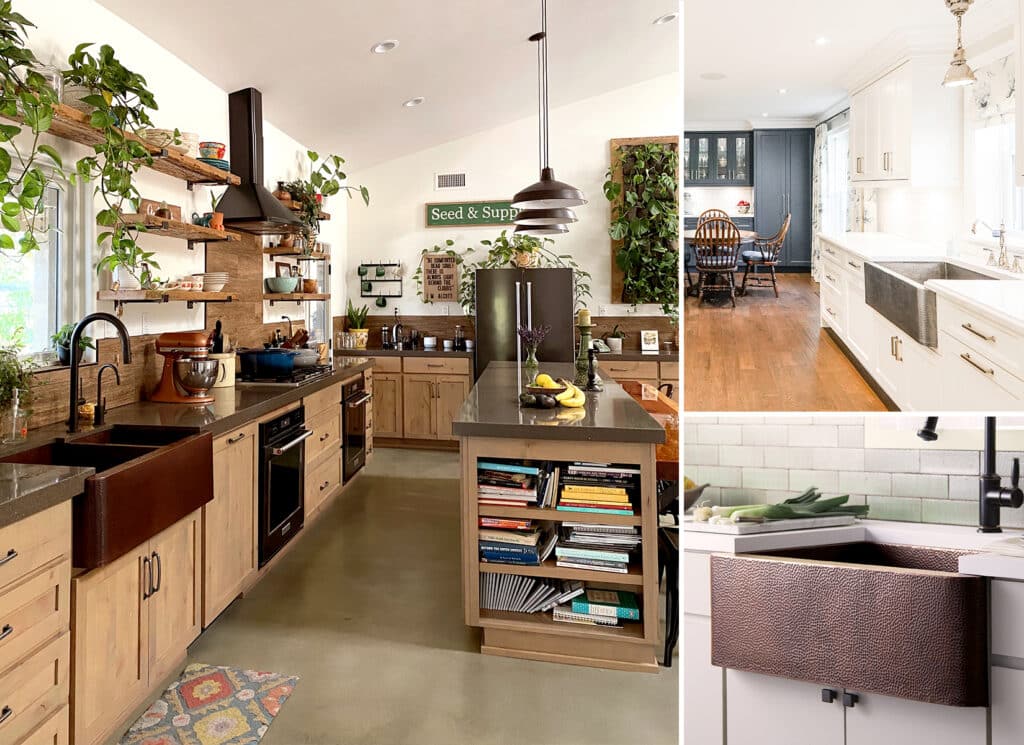
Diamonds are forever, and so is a copper sink. Not only can it be difficult to tell a new copper sink from an old one, but if you have a passion for patina, you’ll find your copper sink only gets better with age. The more often it’s used, the faster it will re-patina, or “self-heal” from contact with acidic substances. Copper is also one of the few materials that can be recycled repeatedly—melted down and hammered again and again—without losing its quality, making it naturally sustainable. The case has even been made that a copper sink may well outlive its owners (and their grandchildren).
The copper sink’s agelessness can also be attributed to the fact that every few years it’s been named among that year’s kitchen and bath trends. While the copper sink has been around since before there was indoor plumbing, its most recent turn in the spotlight is pandemic-related. Because of copper’s natural antimicrobial properties, viruses soon disintegrate after landing on copper surfaces. As the Smithsonian points out, copper’s virus-killing properties were even known to the ancients.
These hard-working, timeless sinks continue to be found in a variety of today’s kitchens. In fact, here are five kitchens where only a copper sink would do.
1. The family kitchen that doubles as homeschooling station
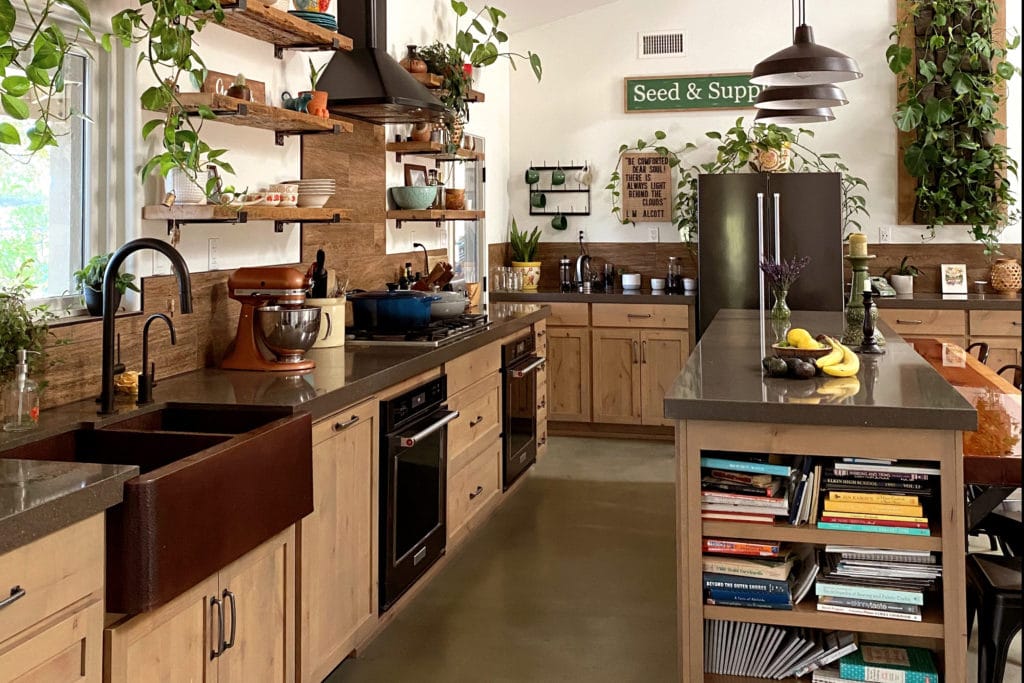
When a mom of four (two boys and twin girls) in San Luis Obispo, California, set out to renovate her family’s dream home, she knew just where to start. “Choosing our copper sink for the kitchen was the easiest decision I made during the entire process,” says homeowner Jessica Pahl.
“I saw a picture of the sink in a magazine while looking for inspiration and instantly fell in love. It was the first item we bought for our new home and the entire kitchen was then designed around it. Rustic yet modern, natural with so much beauty, it is a functional piece of art. Even the patina of the copper adds character to the entire space.”
Native Trails’ Farmhouse Duet copper sink now sits adjacent to the Pahl family’s kitchen island and homeschooling station.
2. The sophisticated lake house kitchen
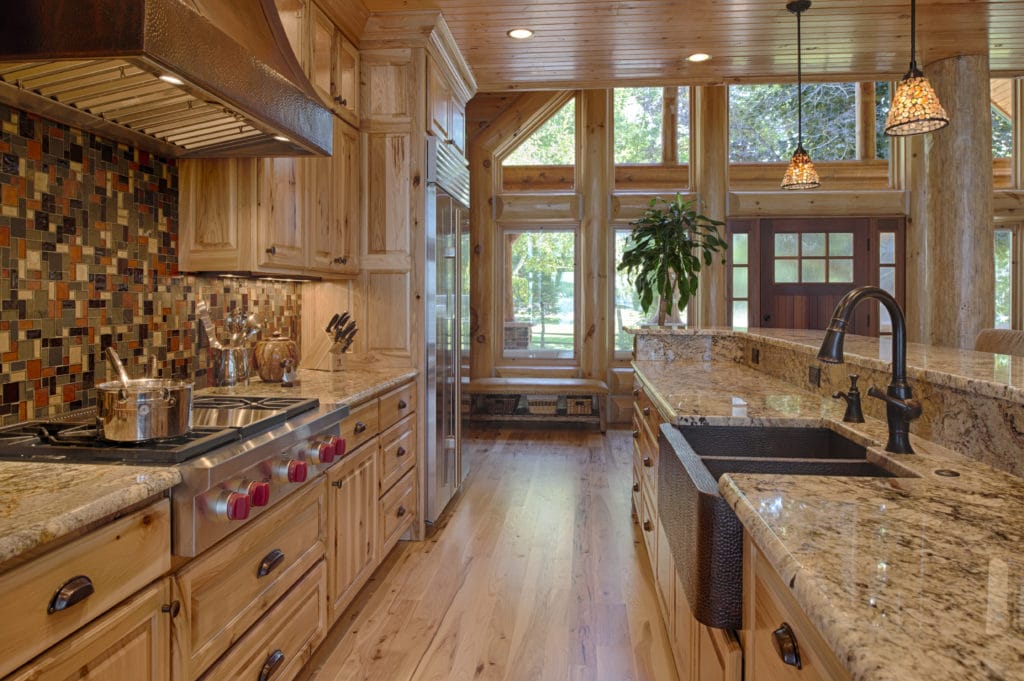
This project began with a Golden Eagle Log and Timber Homes framework and floor plan. To honor the log home tradition while incorporating its owners’ modern lifestyle and tastes, Madison, Wisconsin, designer Melissa Destree chose Native Trails’ Farmhouse Duet copper sink.
“I looked to Native Trails for sinks that evoked material authenticity,” says Destree. “The copper apron sink was perfect for a rustic lake home.”
3. The transitional kitchen that didn’t want to skew too modern
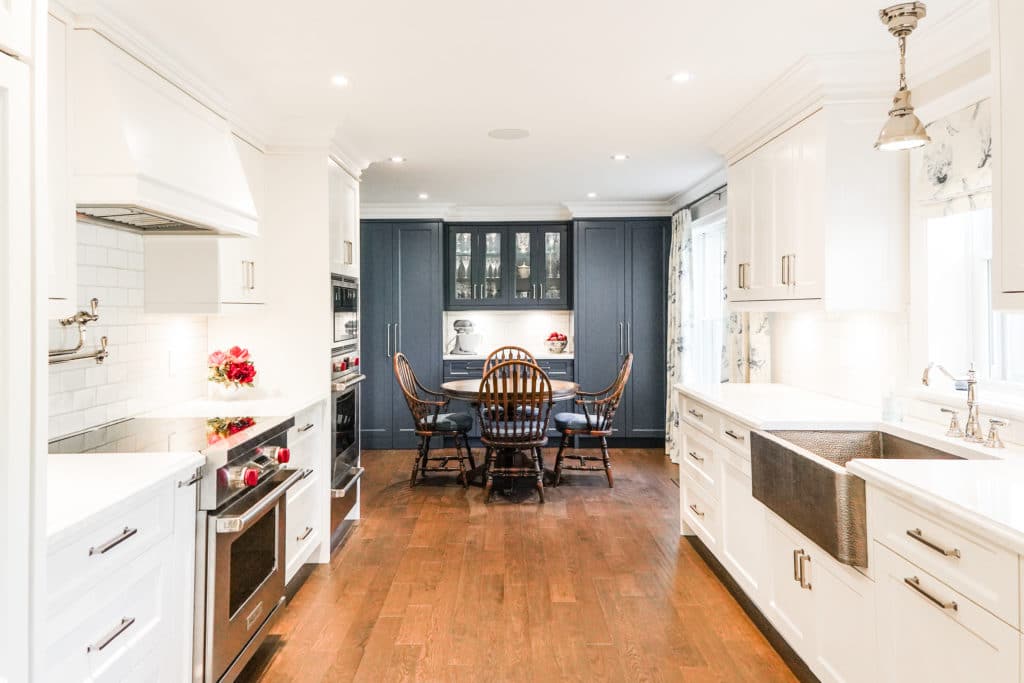
When remodeling the main floor of this transitional home in Mississauga, Ontario, designer Meaghan Pearce opened up the kitchen to create a better flow, installed blue built-in cabinets in the adjacent breakfast room, and added a hammered copper sink that the client dreamed of incorporating.
More luxurious and warmer-toned than a stainless steel or chrome sink, Native Trails’ Brushed Nickel kitchen sinks are copper sinks that have been hand-plated in nickel. Wonderfully versatile, these sinks work in a contemporary space just as well as in a traditional design and often help to bridge the two styles.
4. The eco-friendly kitchen inspired by nature

Remodeling firm Neil Kelly Company is known for its custom cabinets made of reclaimed, recycled or local materials, as well as for its philosophy that “what’s good for the environment is good for business.” In fact, the pioneer in green design and building built the first LEED-certified building in Oregon—its own Southwest Portland showroom.
For this Florence, Oregon, kitchen, Neil Kelly took all its design cues from what lay beyond the home’s doors. From the colors, textures and sustainability of the materials used, all were chosen with the great outdoors in mind. This includes the kitchen’s warm wood cabinetry, stone tiles and countertops, and two recycled copper sinks (Native Trails’ Farmhouse 33 in Antique Copper is pictured). Native Trails’ B Corp certification verifies that all of its products are made according to the highest standards of verified social and environmental performance, public transparency, and legal accountability to balance profit and purpose.
5. The coastal kitchen that needs a break from white and blue
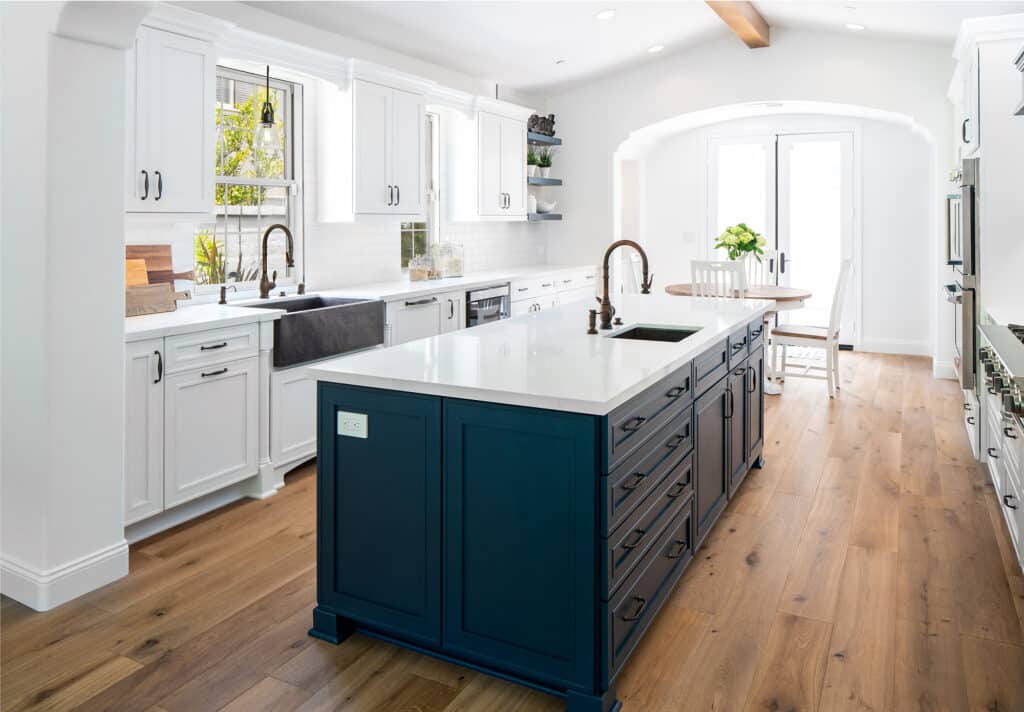
Something old, something new, something borrowed, something blue? Even when a copper sink is brand spanking new, it’s able to pack generations of history into a space.
In San Clemente, California, Sea Pointe Construction broke up the classic white and blue color palette of this kitchen remodel with two copper sinks. Native Trails’ Pinnacle kitchen sink in Antique Copper is installed under a window. With its angular full apron front and single basin, this sink is frequently used in transitional kitchens. And in the island, the Cocina 21 sink gives the homeowners a separate station for prepping and washing up.
Sea Pointe Design Consultant Carolyn Hall, who has sourced Native Trails’ hand-hammered sinks for numerous kitchens, tells us, “Native Trails sinks and fixtures blend gorgeous tones with unexpected textures, adding style to even the simplest of design aesthetics.”
It’s important to remember that not all copper sinks are created equal. Some are machine produced, machine-hammered and come with soldered seams, giving them a more predictable and uniform look. Others are crafted by coppersmiths who hammer them into shape with thousands of hammer strikes, making each one truly one-of-a-kind.
Copper sinks also comes in various gauges, which will determine the thickness of the sink. (Sinks between 14 and 18 gauge hold up best to the normal wear and tear of a kitchen.) The purity of the copper also counts. Sinks made of 100% copper will deliver the most antimicrobial benefits.
Explore all of Native Trails’ artisan-made copper and nickel kitchen sinks here.
